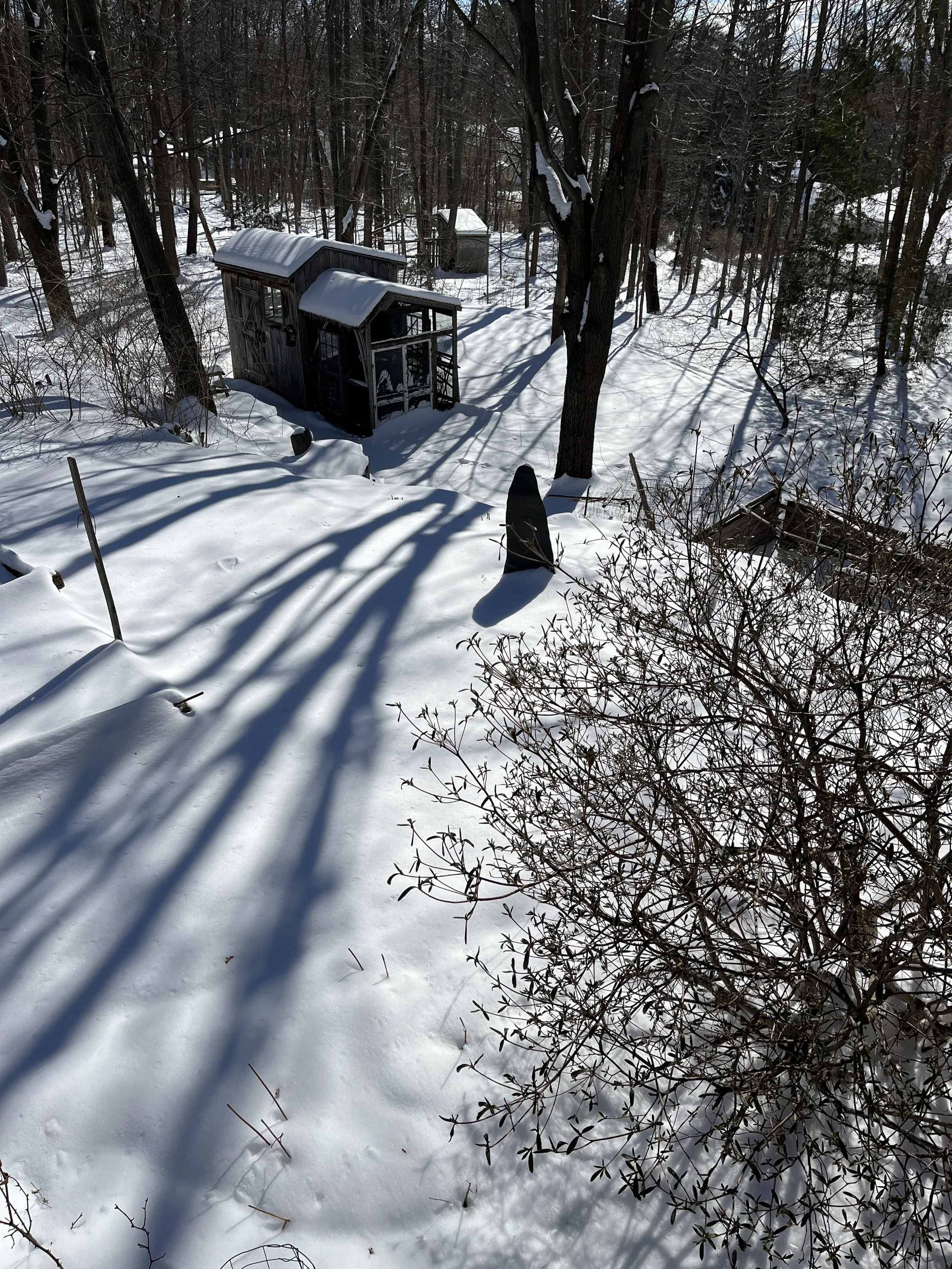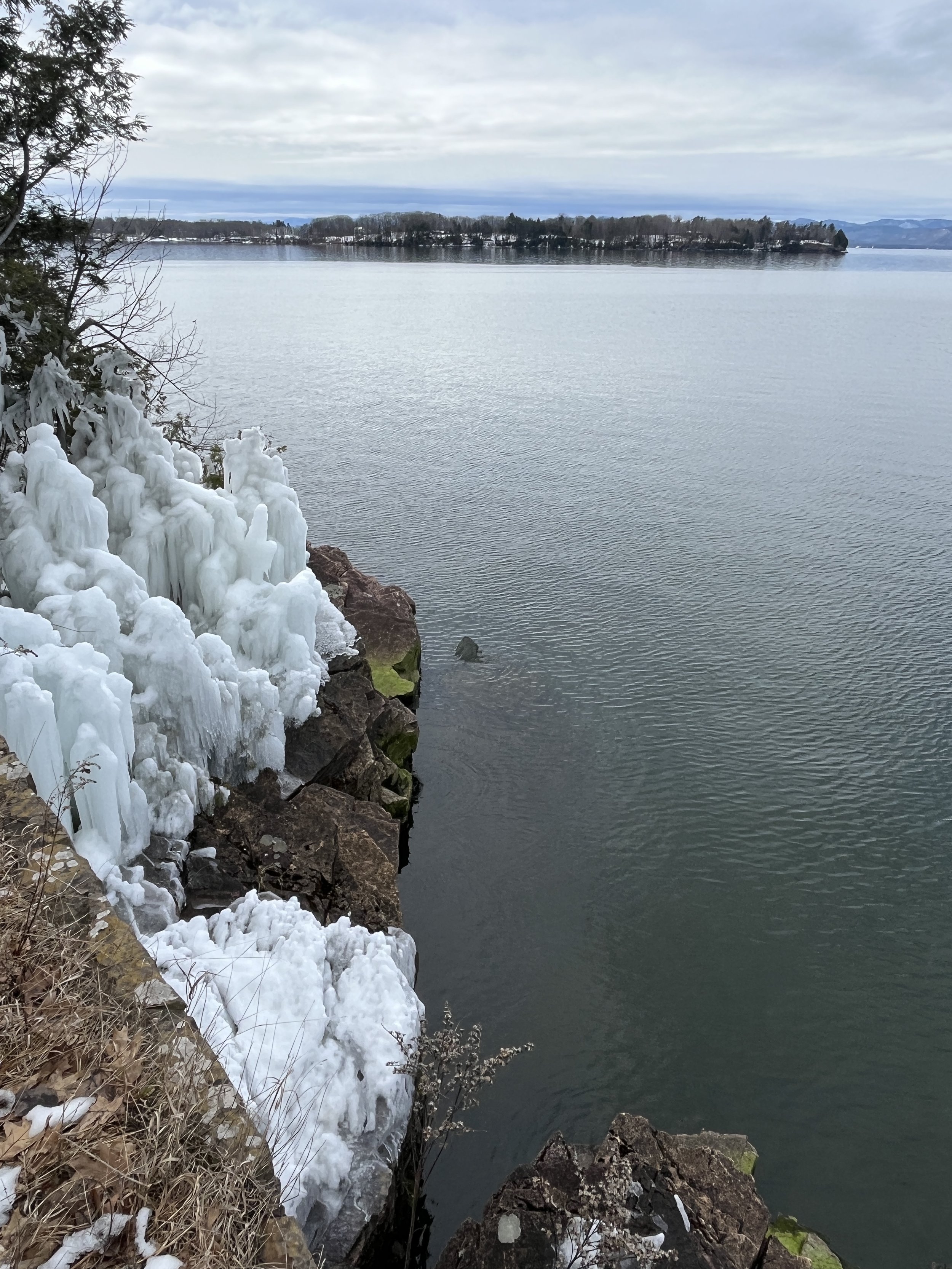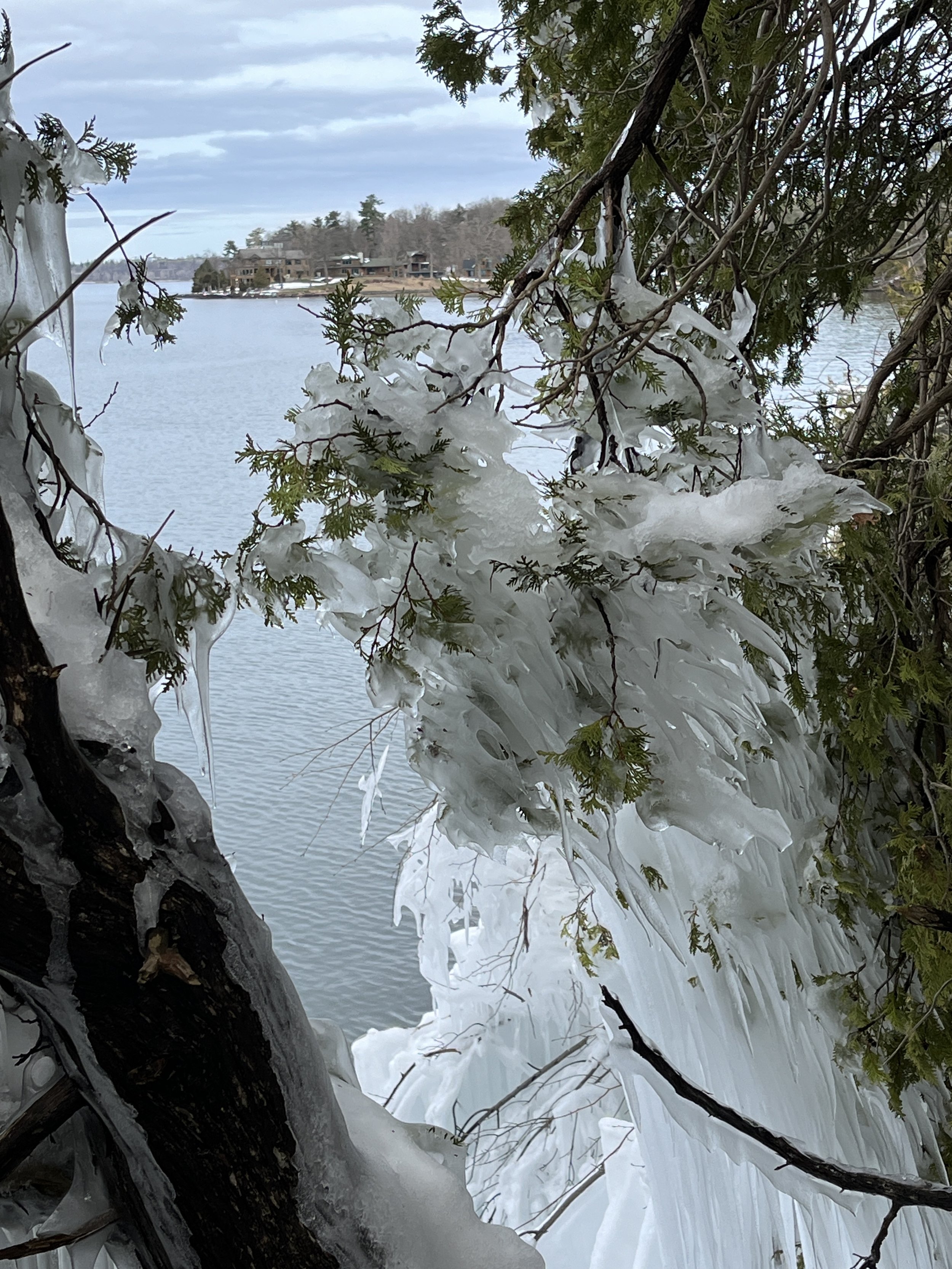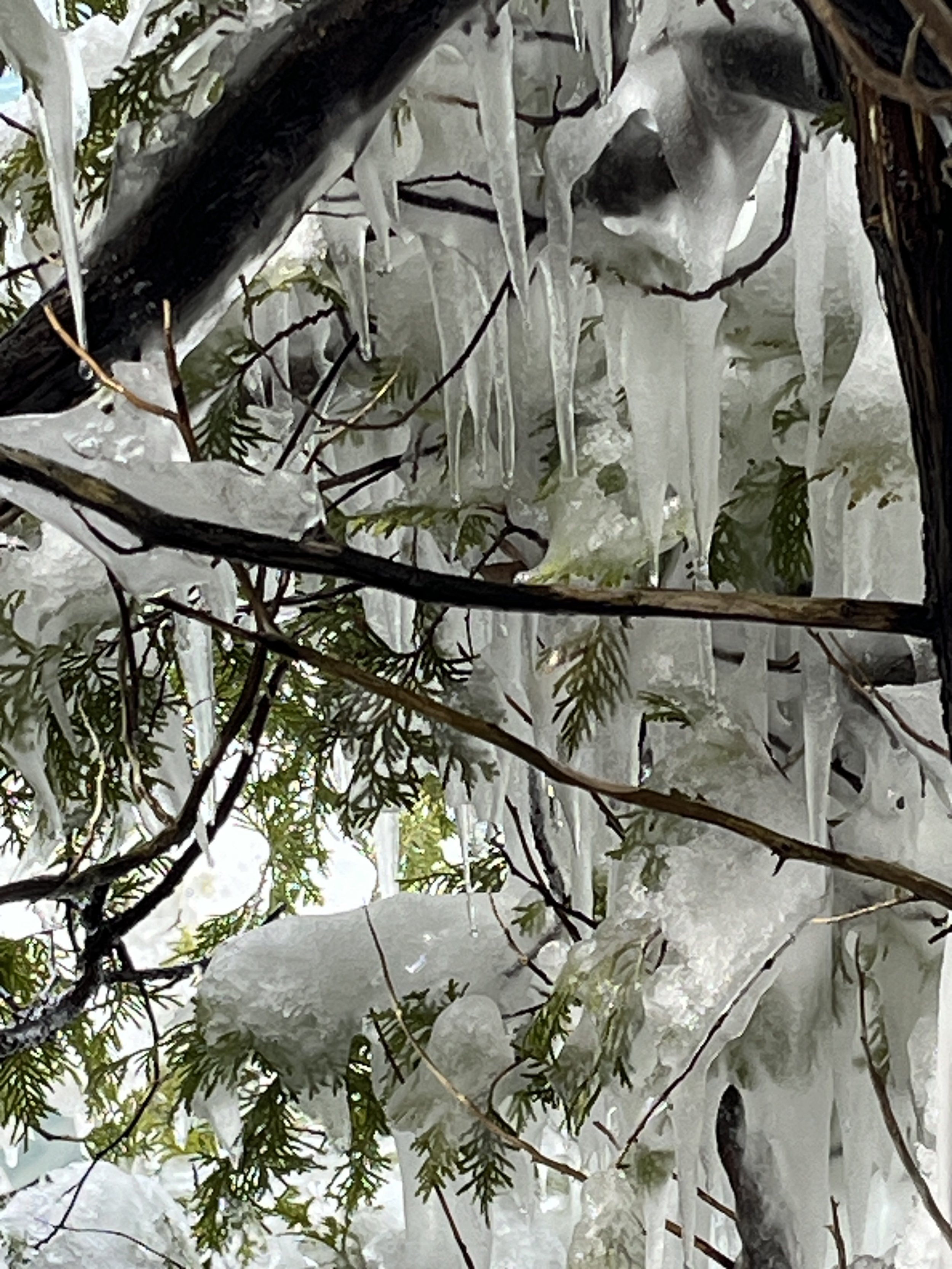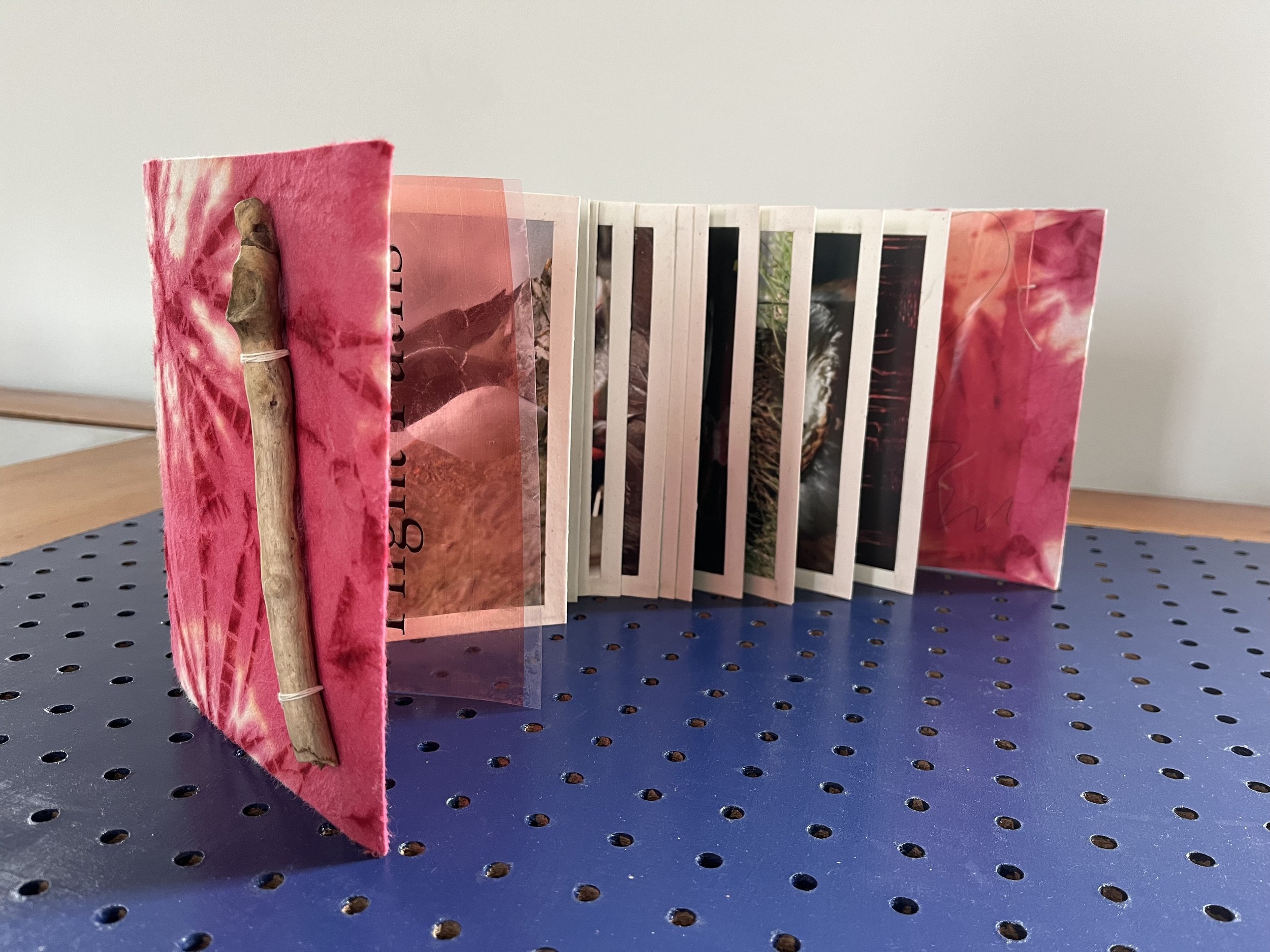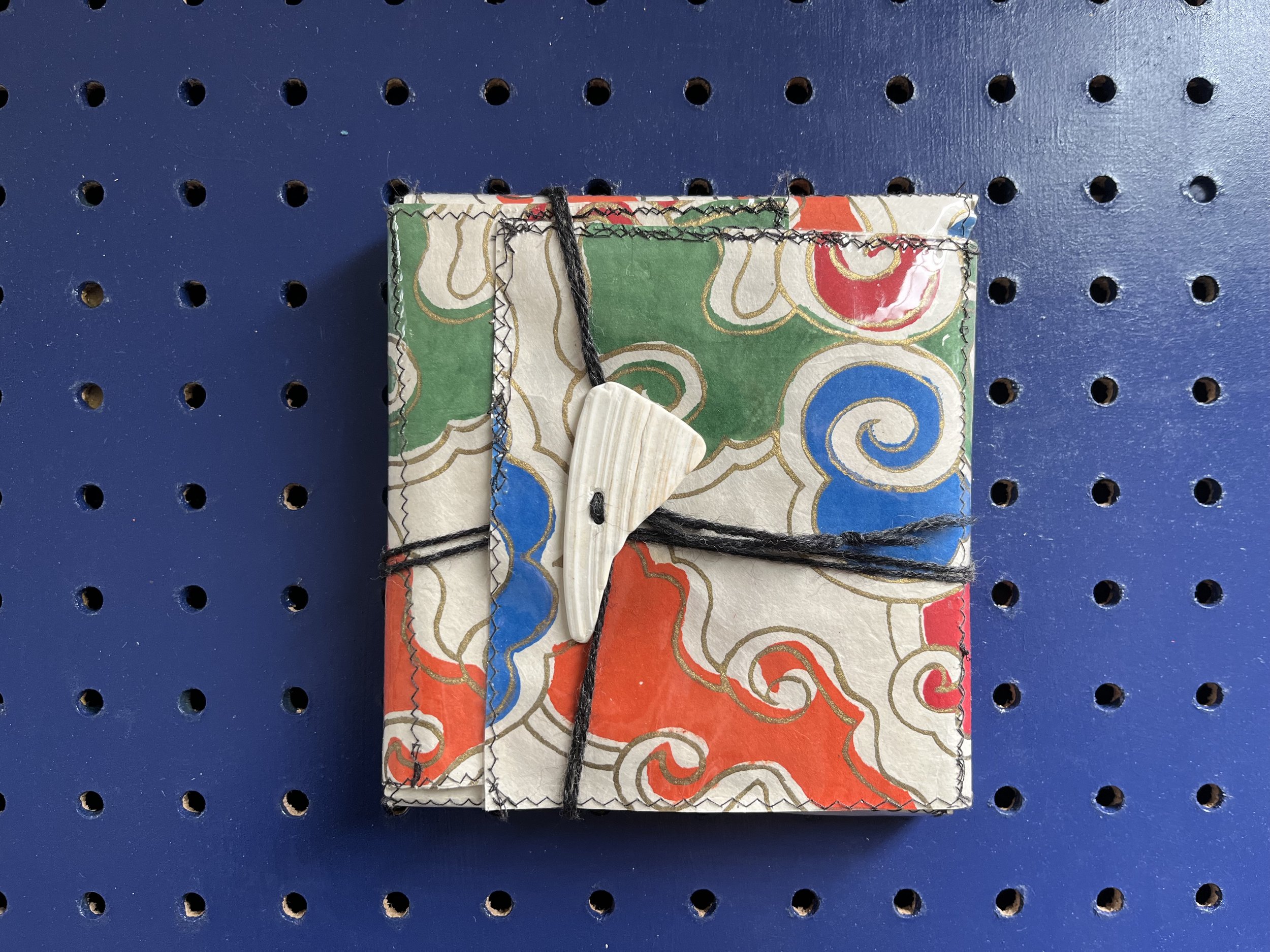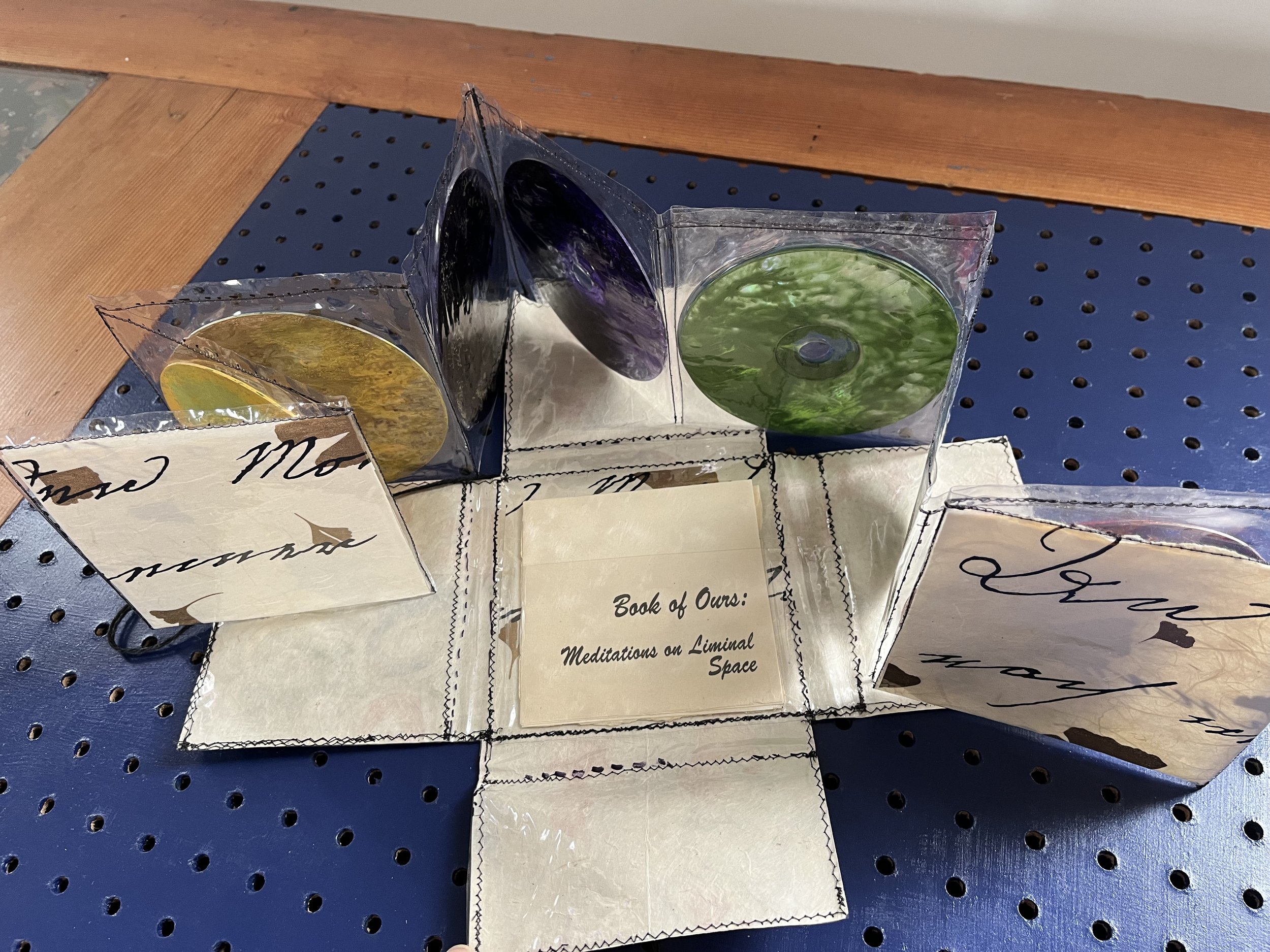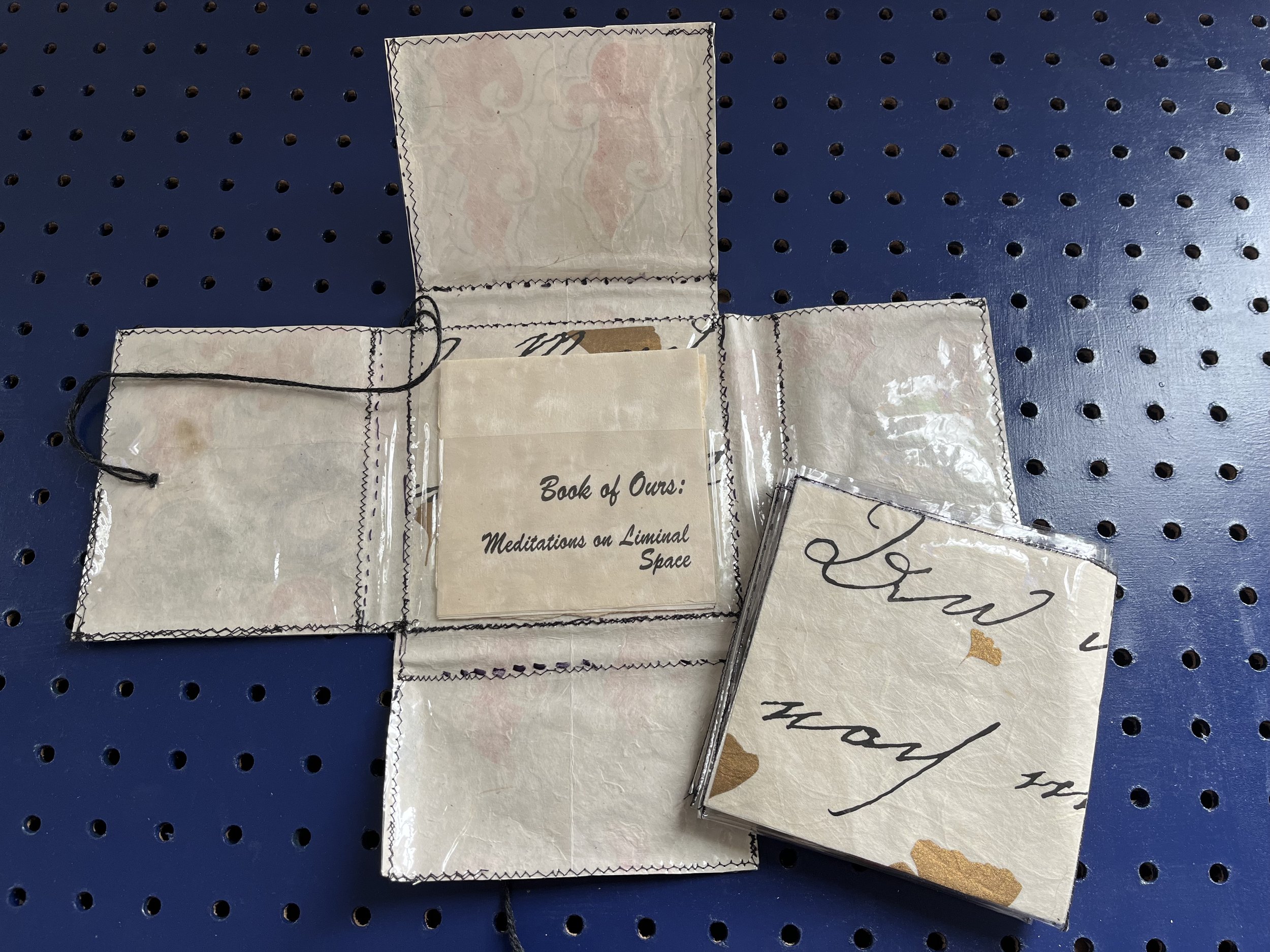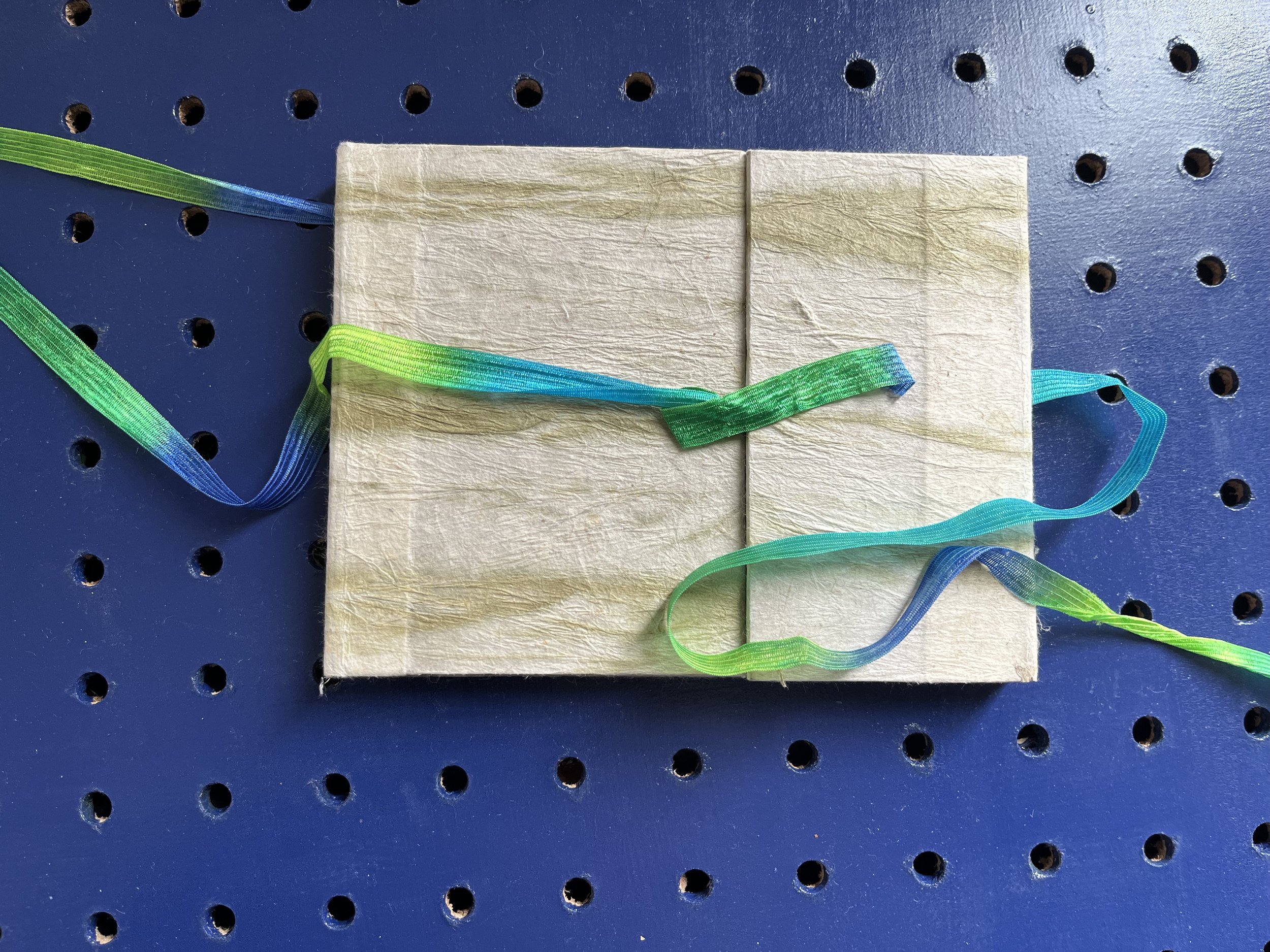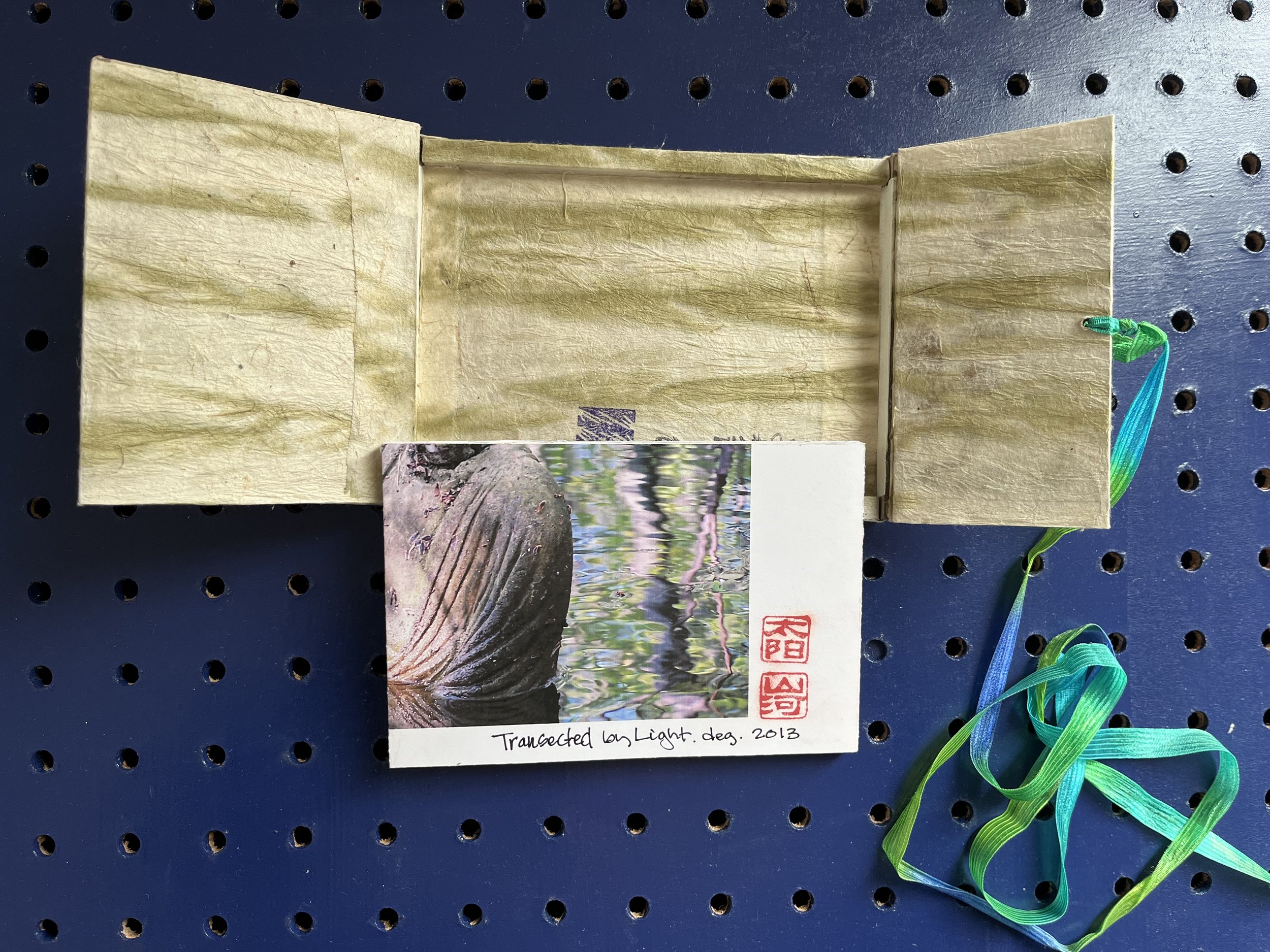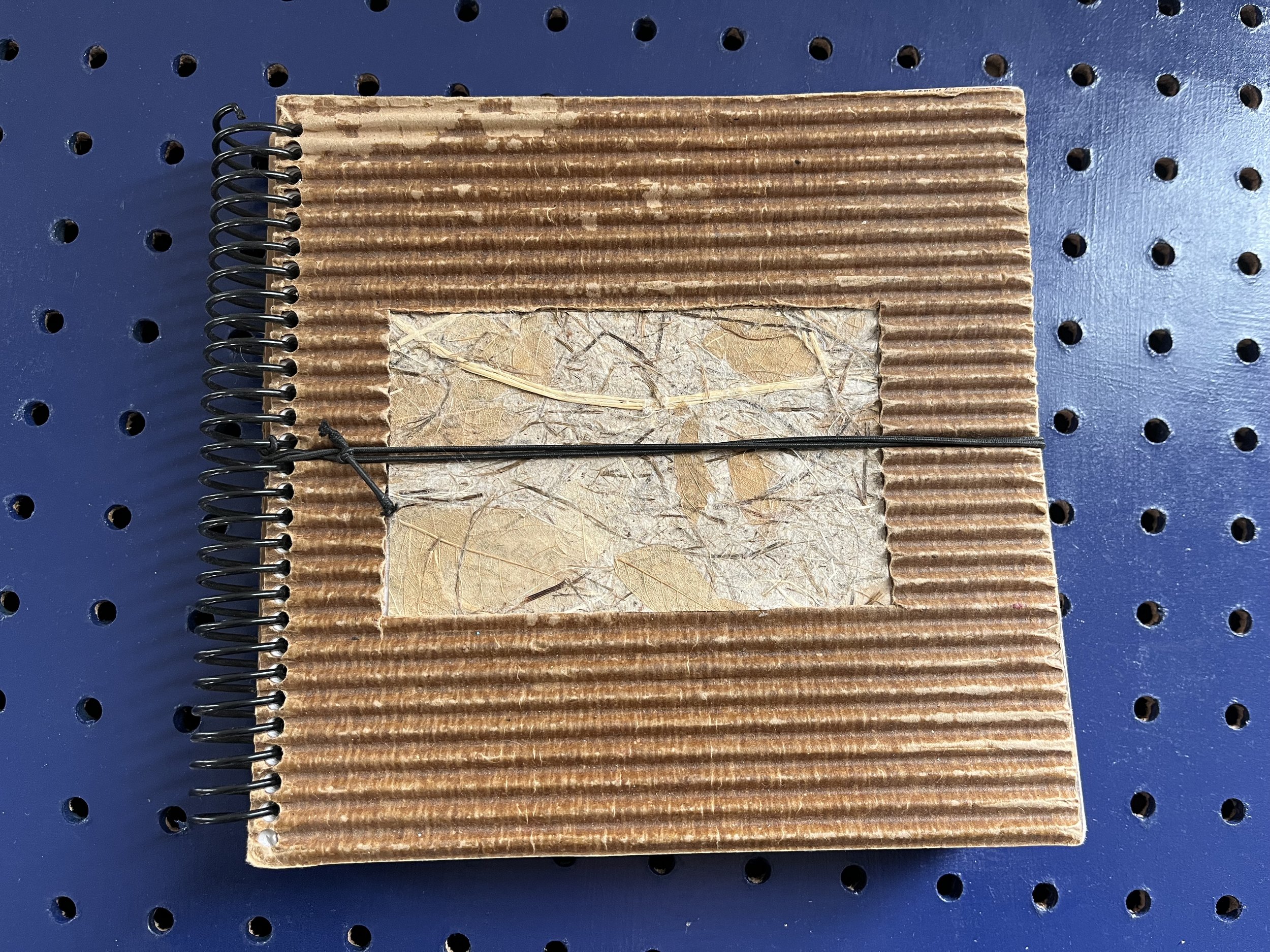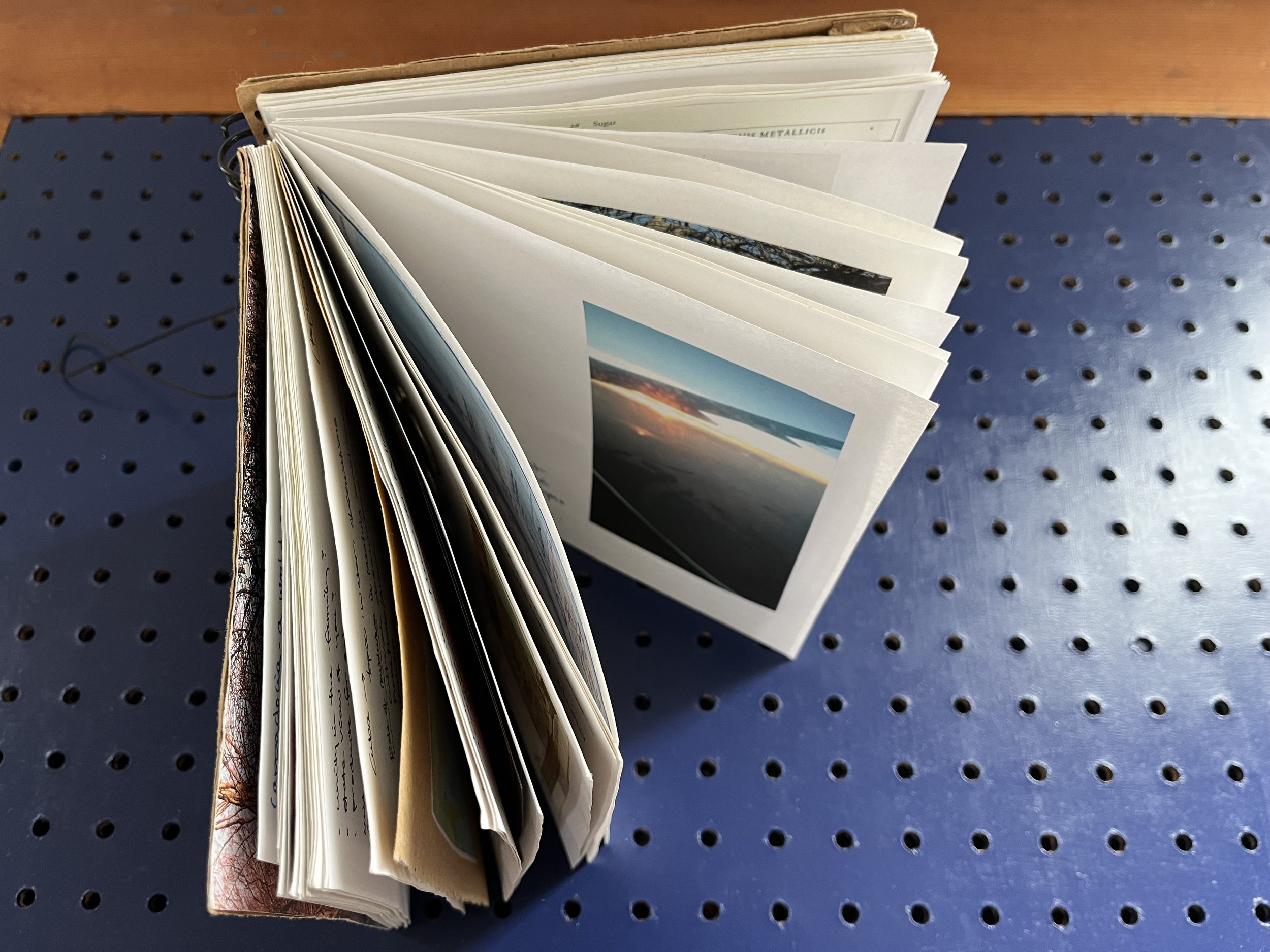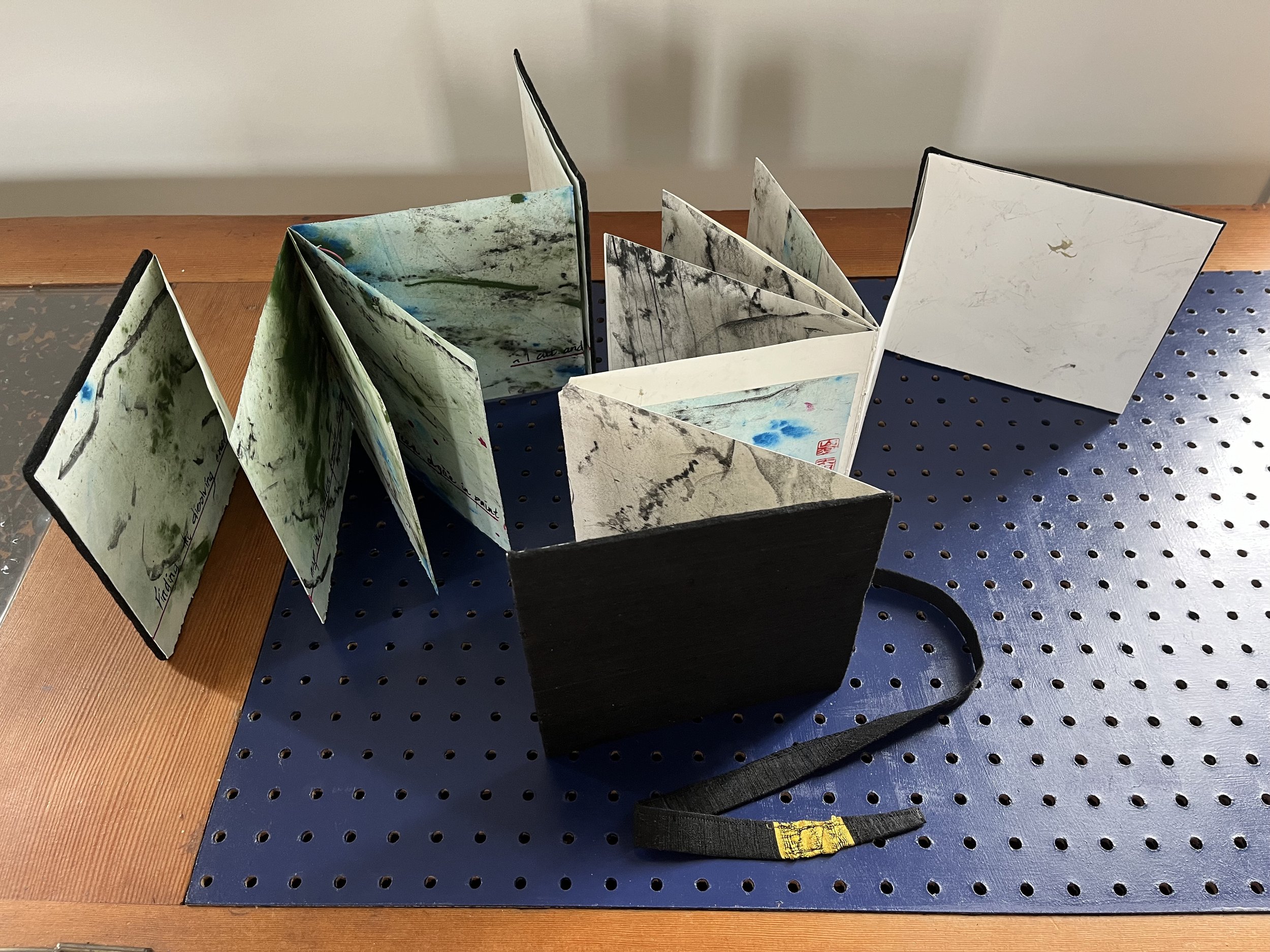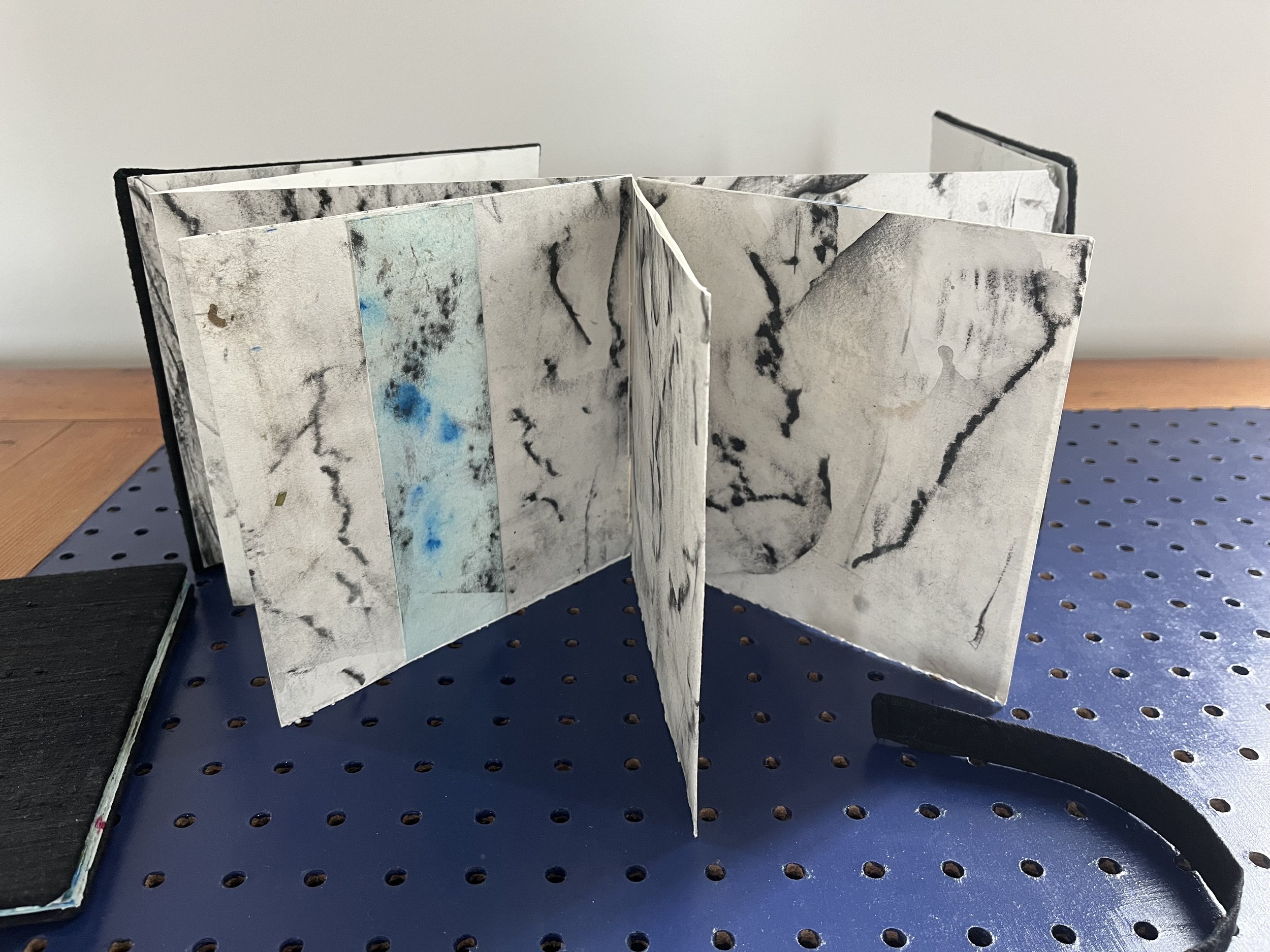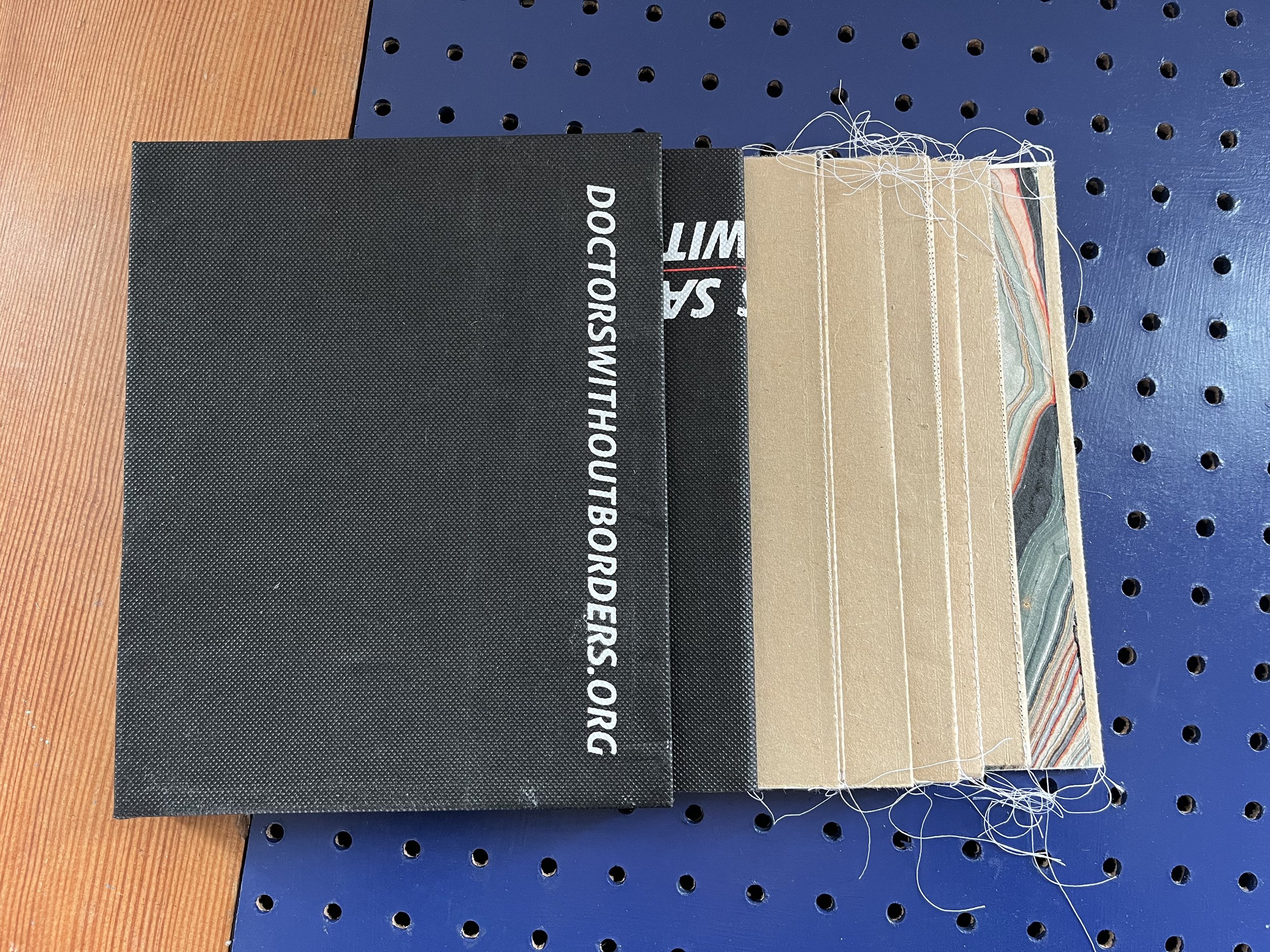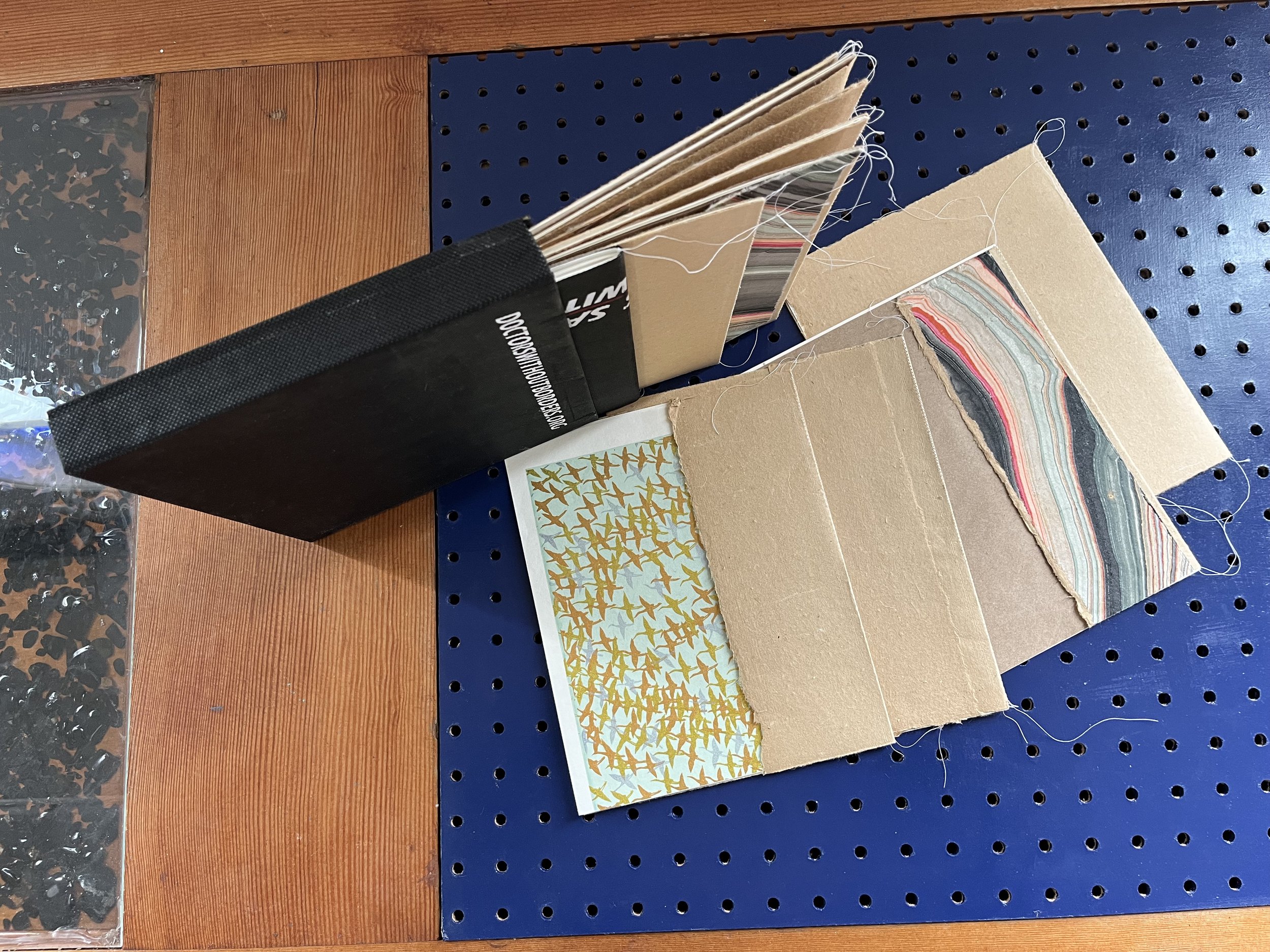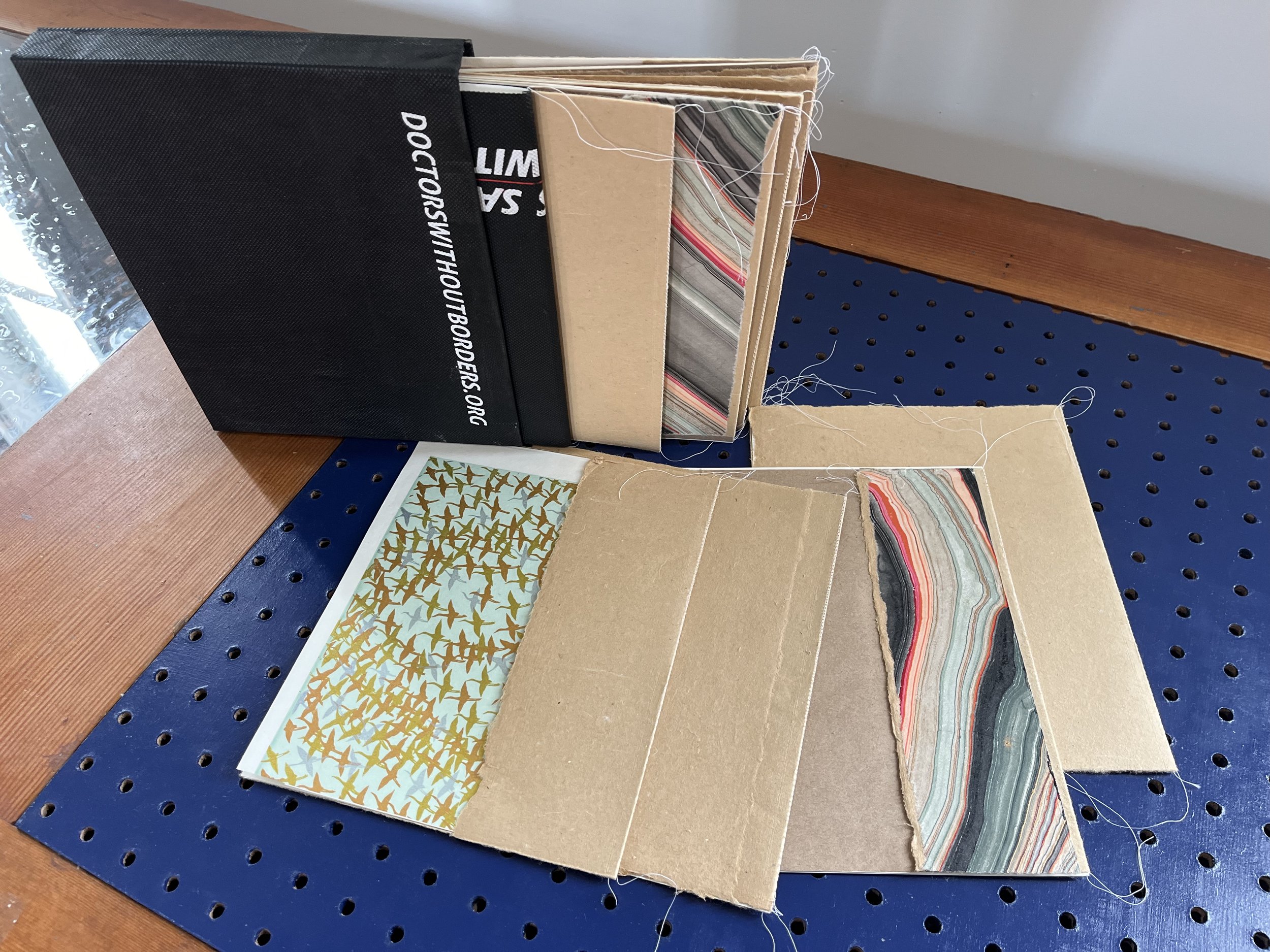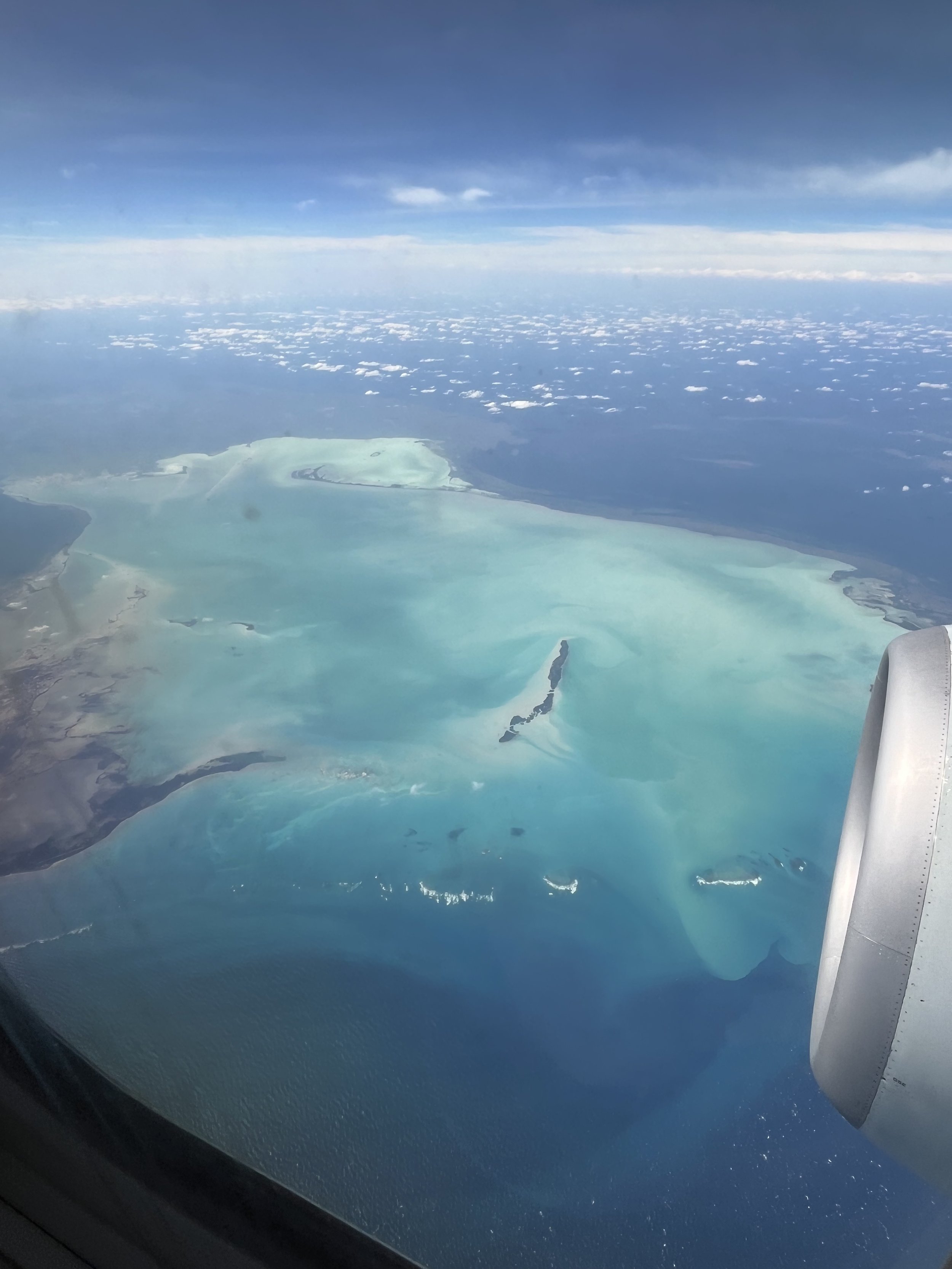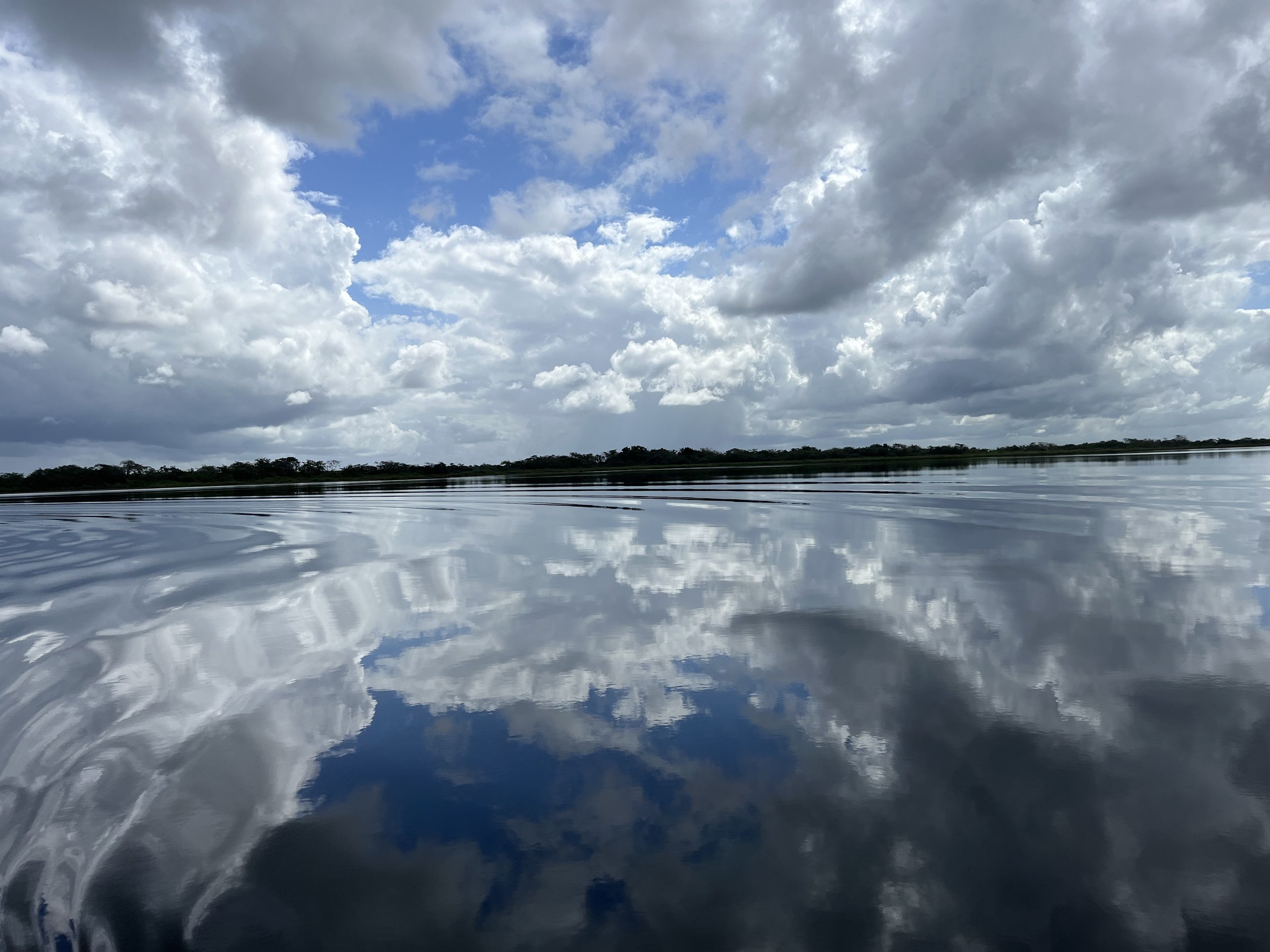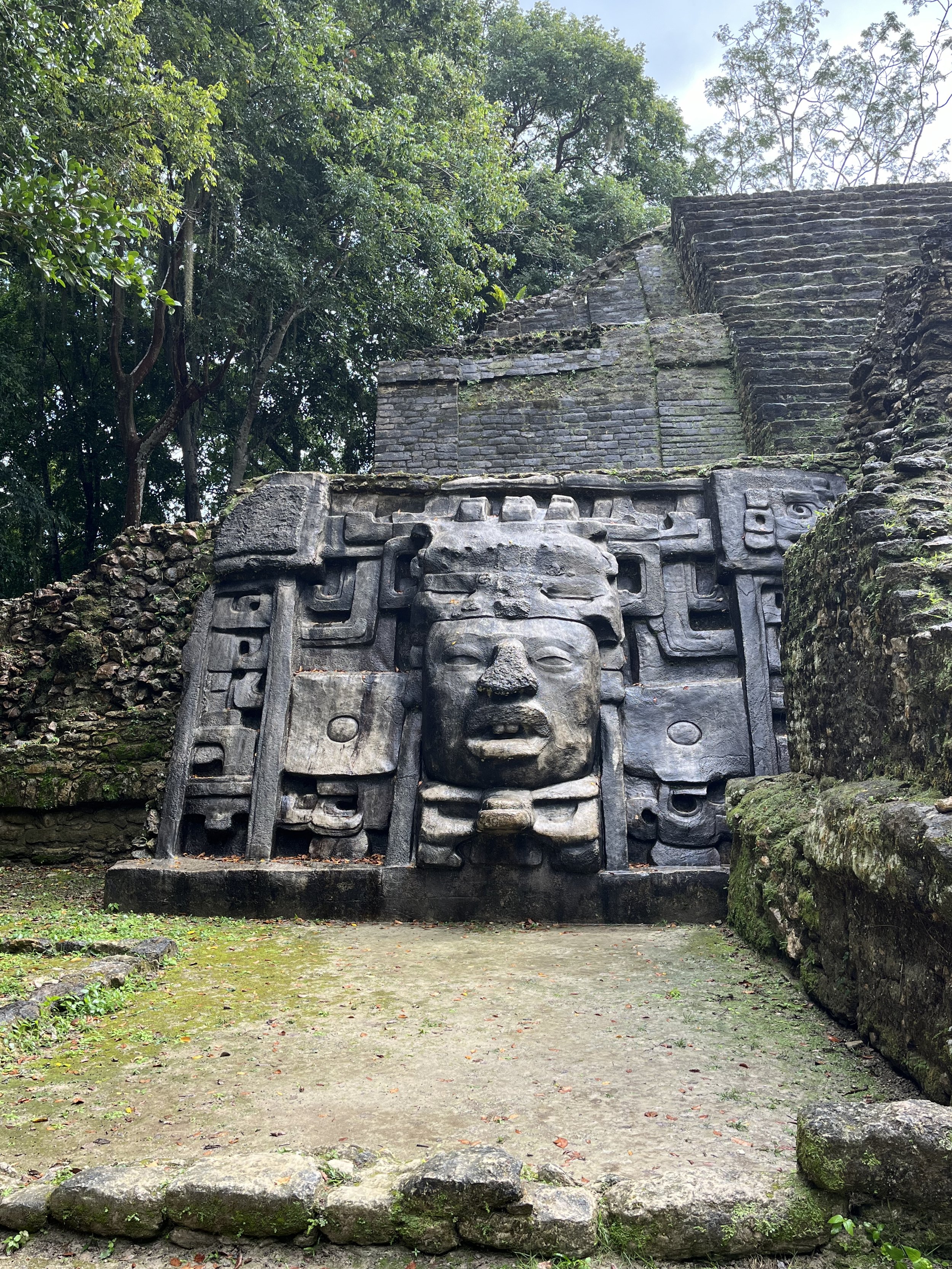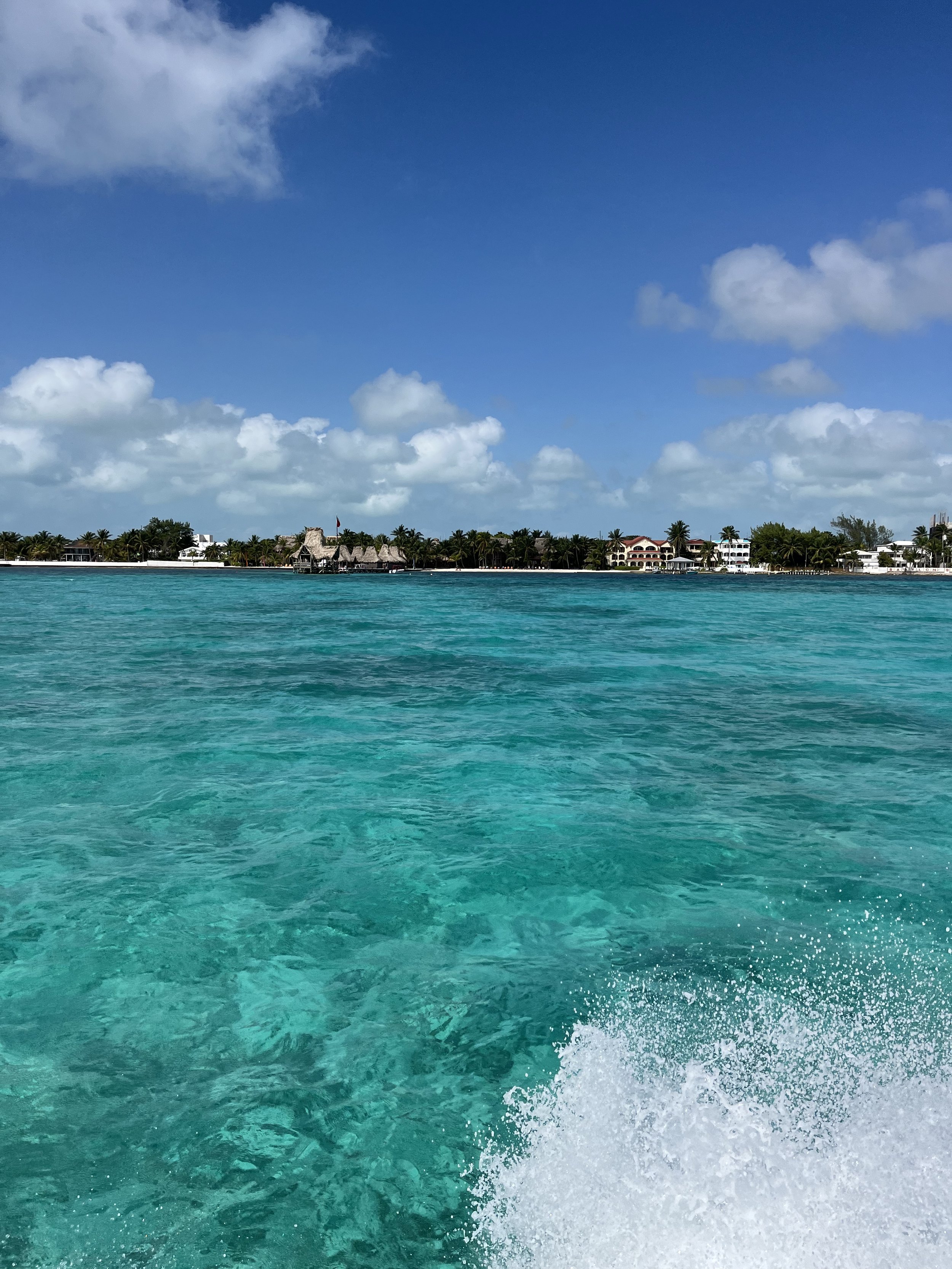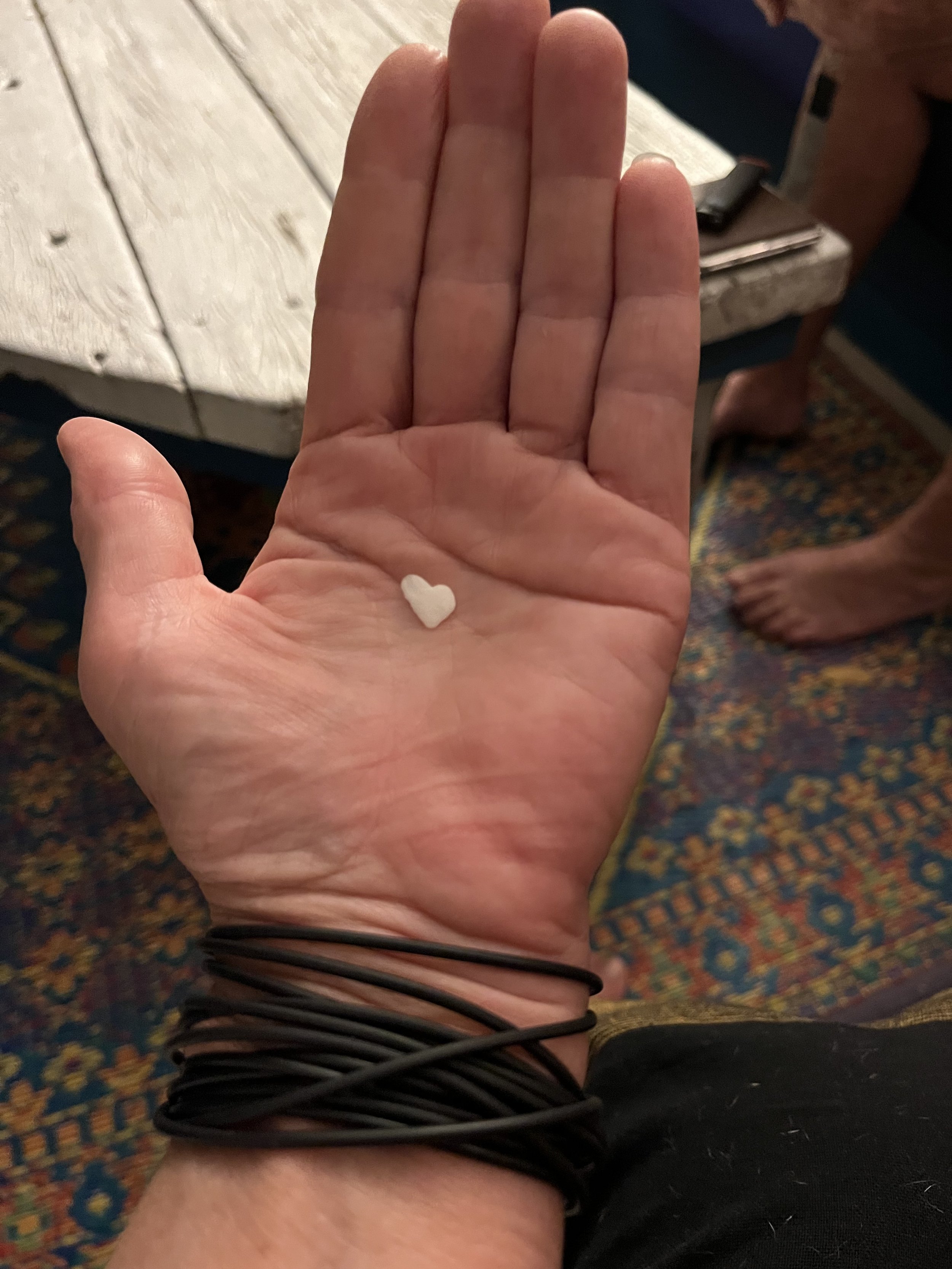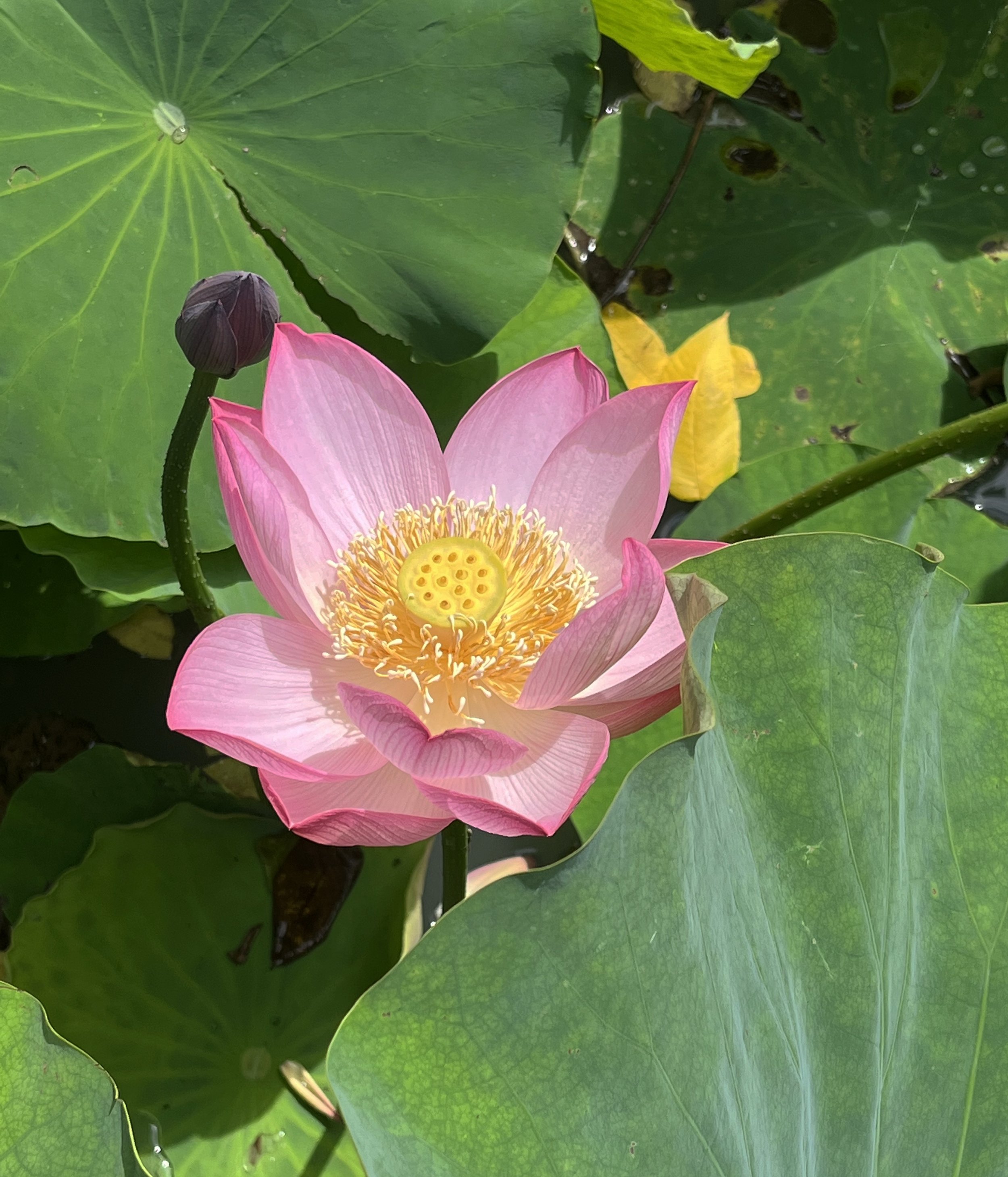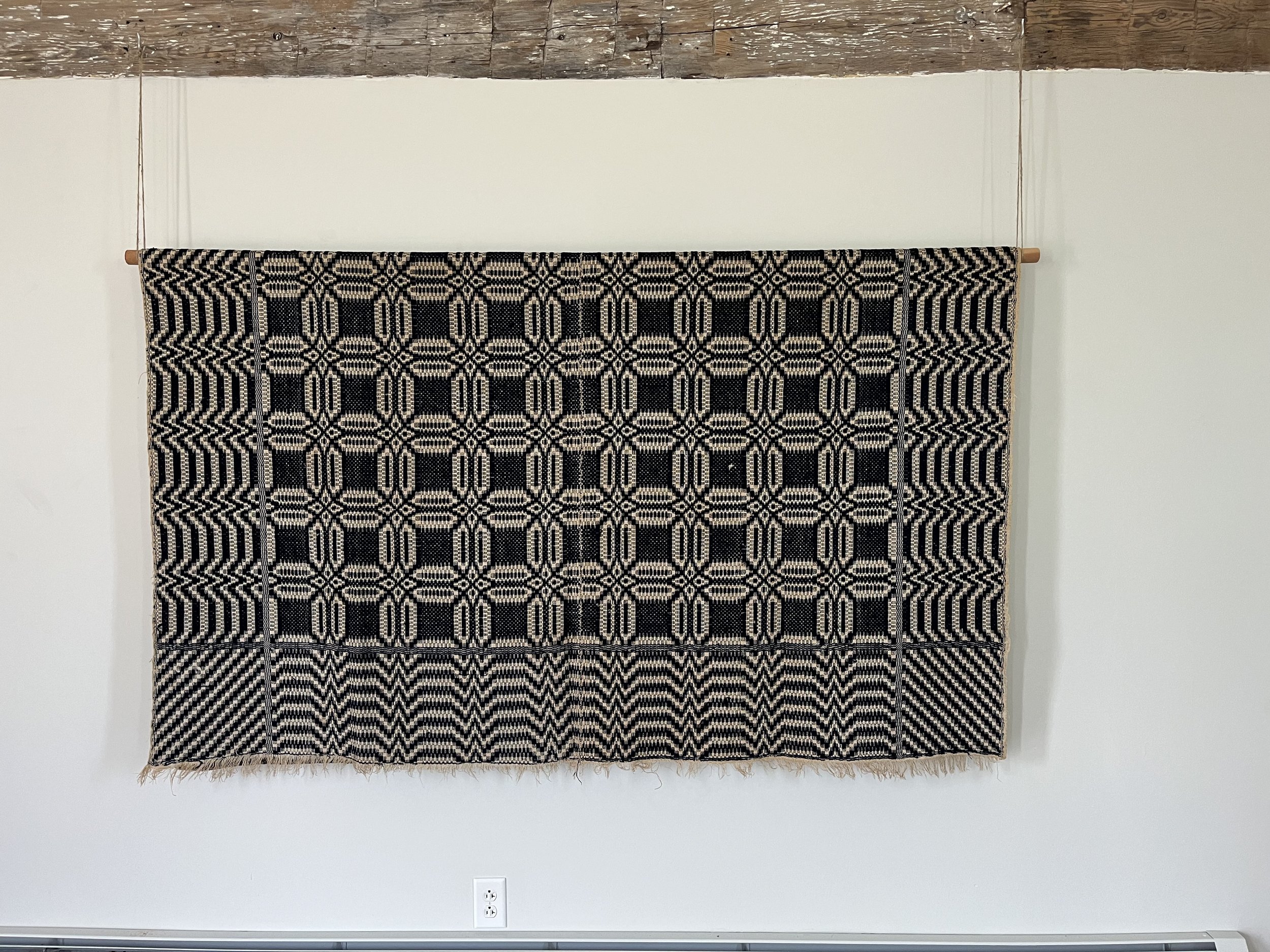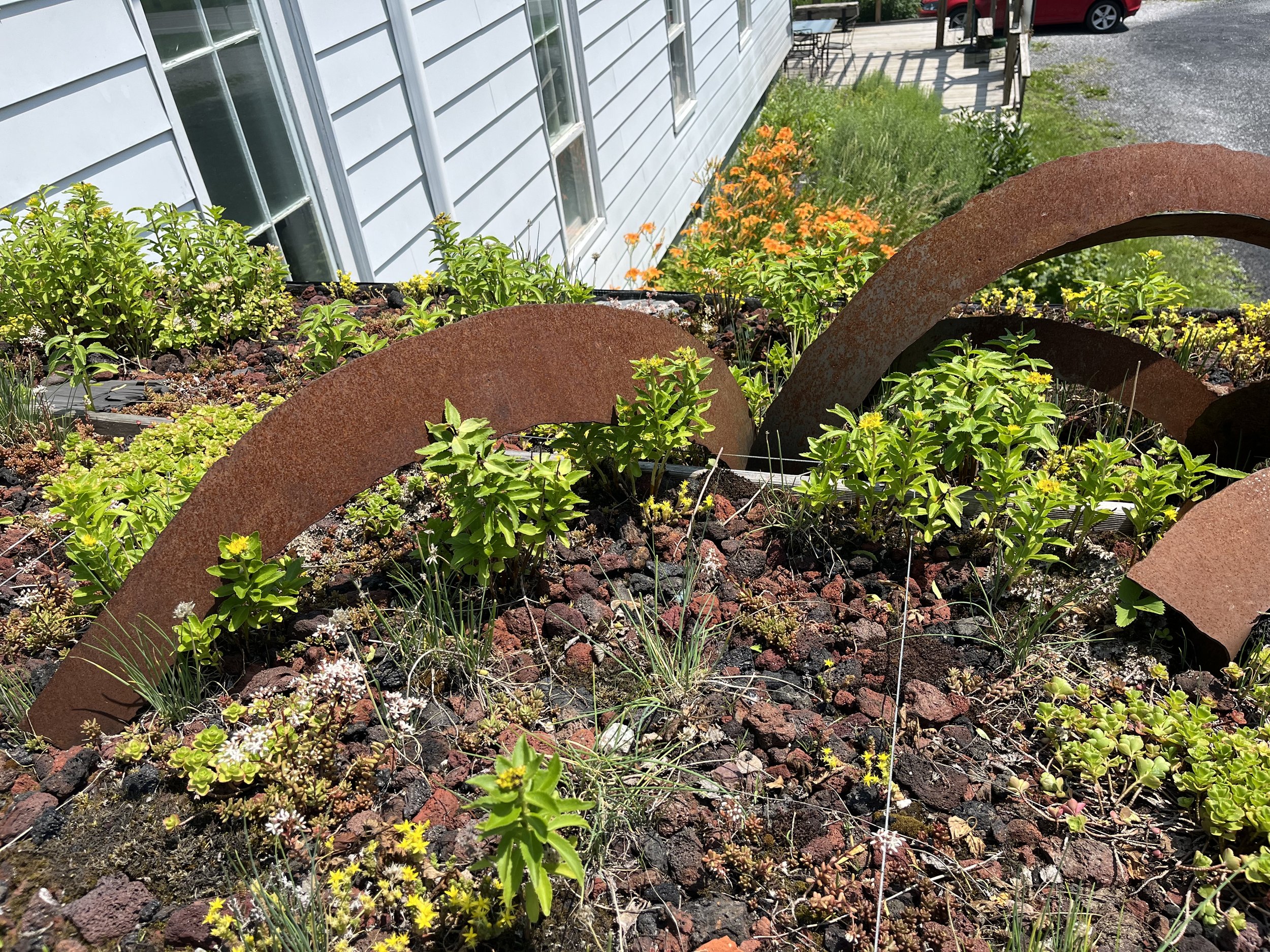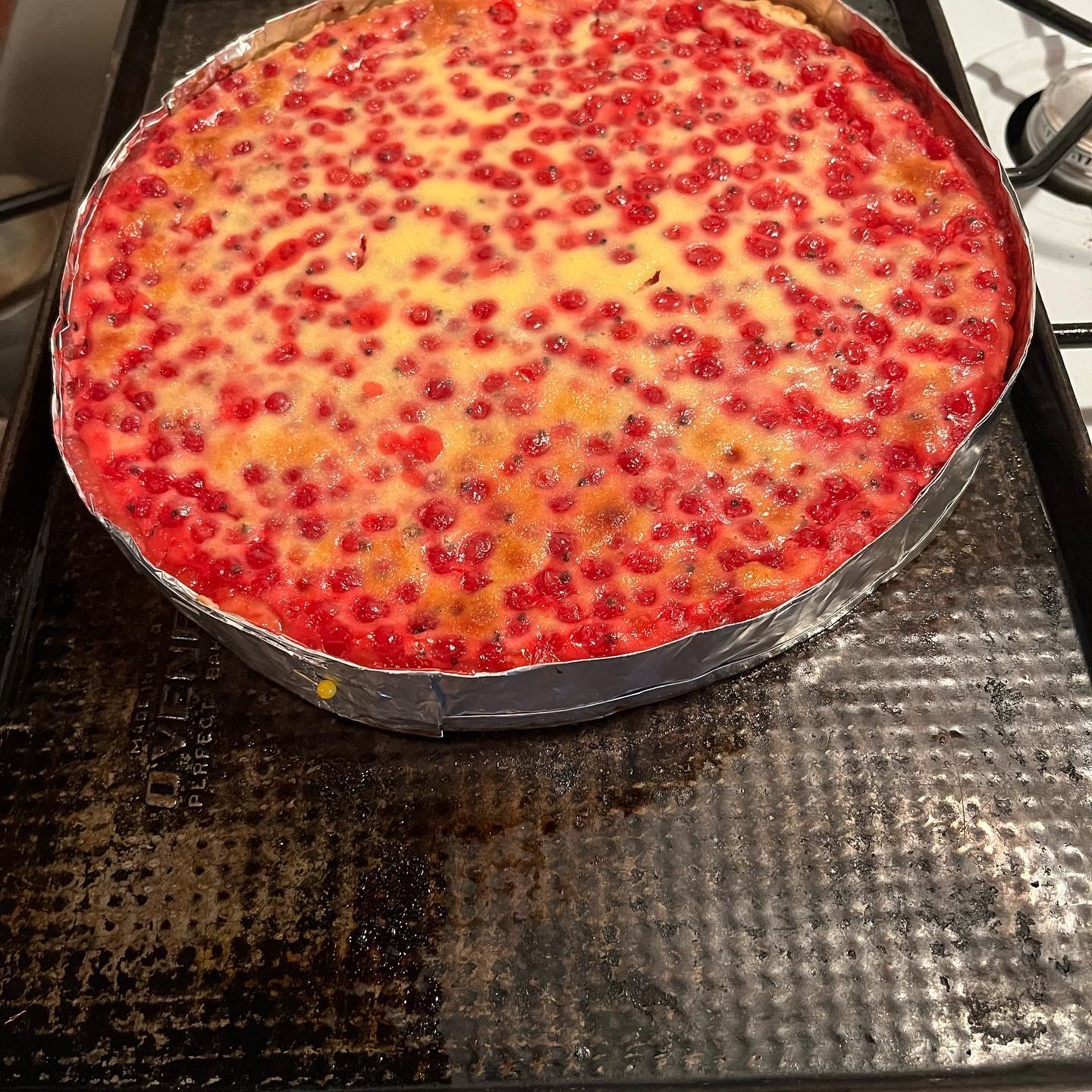Dear friends, neighbors, and family,
Many seem to be baffled by the quiet at GreenTARA Space despite the mailings and postings about the focus on this year’s CAFÉxchange Project. Sorry about that! But I am loving the change and use of other venues to carry out the work. If you missed the Four Cuban Photographers photography show at the Darkroom Gallery in Essex it may yet come back around, but also maybe not… Please visit CCTV for a mini-look at the events or contact me if you want to see the work after it comes down. Links are on the homepage.
And mark your calendars for Sunday August 20th, 4- 6pm. The Selkie Trio—Mary McGinniss, Juliet McVicker, and Steve Wienert—returns to play their wonderful music in the Gallery. They weave a blend of strings, harmony, and deep rhythms from the well of rock ‘n’ roll, jazz, and Celtic song. Come listen to new material from their pending release “Blue Hour” and of course old favorites.
Meanwhile we still have more rain and rising lake levels.
Last week’s Lake Champlain Committee report: It has been two weeks since flooding devastated many communities in the Lake Champlain watershed and throughout the state of Vermont. The heavy rains lasted for days and sent rivers and streams over their banks, pouring into homes and businesses and carrying a swill of debris, nutrients, sediment, untreated wastewater, chemicals, and more into Lake Champlain. Of course we all know that it continues to rain and the impact of water, erosion, and overloading of nutrients carries forward into our future.
Note that you can support your local arts organizations, farms, and businesses by supporting them directly. Many have been directly impacted by the flooding and any money they don’t have to apply for is an amazing gift.
Curiously, all the rain has inspired me to spend more time reading… In particular a book called Power of Language by Voirica Marian. It reminds me that I once studied linguistics and had a passion for language. Maybe I still do. Marian goes from describing research on the impact of multi- and bi-lingualism to examples of different worldviews depending on which language you are speaking.
Here’s her description of your brain:
Think of neural networks of your brain as any other complex system explained by emergence theory. Complex systems have two key properties: (1) the whole is greater than the sum of its parts, and (2) they are highly interconnected and dynamic.
The way that language abilities can change over time is explained by the second property: the brain is a self-organizing organism that learns and adapts based on input and experience. Neural networks emerge and change, connections strengthen as a result of use, and synaptic pruning occurs with disuse. (pp 62, 63)
In the chapter called The Ultimate Influencer, she talks of America’s founding fathers not favoring one official language.
Thomas Jefferson argued for having a multi-lingual nation because as a nation of immigrants the American colonies spoke English, Dutch, French, German along side the multiple indigenous languages. Presidents Adams, Jefferson, Garfield, Arthur, Van Buren – all used more than one language, both modern, and classical. Today we think of the USA as a monolingual English speaking country which of course belies all our current multi-cultural identities. While she doesn’t really get into the number of languages and their uses in the US, she does make a case for the variety of dialects across the country and for AAE (African American English) as a language. (p 131)
But I love her discussion of how we become different versions of ourselves in different languages as each language engages its own cultural values along with the words. She quotes a Chinese Proverb: To learn a language is to have one more window from which to look at the world. And this leads to a discussion of gender usage in different languages.
In America’s Indigenous languages, animals and plants are referred to with the same or similar animate pronouns as those used for humans, and the boundaries are placed not between humans versus everything else but between the natural world and everything else.
You hear a blue jay with a different verb than you hear an airplane, distinguishing that which possesses the quality of life from that which is merely an object. (p 135)
Argentina tried to push back on gender stereotypes by attempting to put an end to using gendered language and replace it with gender-neutral terms, while places like Sweden and France added new gender-neutral pronouns. In Sweden they added hen as distinguished from han (masc) and hon (fem) and in France the new gender-neutral pronoun is iel which merges il (masc.) and elle (fem). In English we’re adopting they which like the second-person pronoun you is both singular and plural. (p 139)
I’ll stop here with these passages from Viorica Marian’s book, but am continuing to appreciate how we need to know words from other languages, like Sanskrit, in order to more fully understand concepts missing in our own language.

